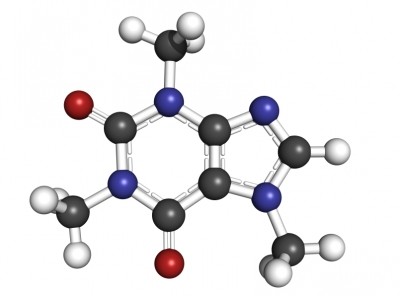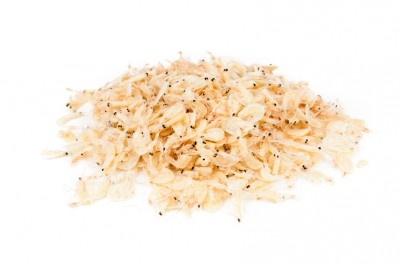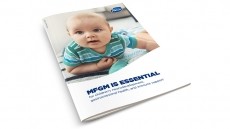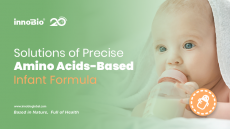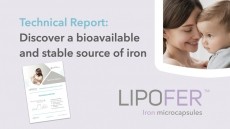EFSA question current permitted pesticide levels in infant food

The European Food Safety Authority’s (EFSA) recommendations ensure ample protection for infants under 16 weeks even at the very highest possible exposure levels.
The agency also wanted to see specific safe intake levels of pesticide residues for infants below 16 weeks established in line with EFSA’s Scientific Committee guidance.
“Advances in our knowledge of child development plus the availability of EFSA’s guidance enabled us to arrive at the conclusion about the higher levels of protection for certain pesticides that are desirable for infants below 16 weeks,” said Gerrit Wolterink, chair of the working group that drafted the scientific opinion.
“The evidence shows that the current protective measures can continue to be applied to infants older than 16 weeks.”
The evaluation is the result of new guidance developed by EFSA’s Scientific Committee last year, which provides instruction on assessing substances in food intended for infants below 16 weeks of age.
Additionally, new evidence has further shed light on the link between pesticide residue and the developing systems in infants and young children.
‘Lowering could be considered’
EFSA’s Plant Protection Products and their Residues (PPR) Panel concluded that for pesticides with allocated health‐based guidance values (HBGV) below 0.0026 mg/kg bw per day, the default maximum residue level (MRL) of 0.01 mg/kg for foods “may not be sufficiently protective and therefore lowering could be considered.”
Further comments questioned how safe the value of 0.0026 mg/kg bw per day was when there was uncertainty over how certain pesticides degraded under processing conditions and how that affected the HBGV applied to infants.
“It is recommended to perform a dietary risk assessment for potential residues of pesticide active substances in food for infants and young children during a regulated procedure,” EFSA concluded.
Revisions to food consumed by infants and young children that are not covered by Regulation (EU) No 609/2013 (also referred to as conventional foods) were also taken into account with this latest assessment.
Regulation (EU) No 609/2013 requires the Commission to confirm specific rules for the foods under its scope by 20 July 2015.
In this context, the Regulation requires to rules to be laid down and regularly updated to manage the use of pesticides in foods for infants and young children.
Recommendations to address this include further clarification on the applicability of residue definitions for monitoring in case of composite baby food products containing ingredients of animal and plant origin.
Further advisory action include the introduction of a database on food consumption patterns in Europe, which could be updated and expanded to include consumption habits in other countries, in particular for the age classes addressed under the current mandate.
This activity is currently ongoing in the framework of EFSA's EU Menu project.
Cumulative pesticide exposure
While no specific recommendations were identified to address the impact of a cumulative pesticide exposure, EFSA stated that the cumulative risk assessment methodology currently under development would be applicable to these infants and young children.
“There are certain effects which are regarded as critical for infants and young children for which, for example, an acute exposure might have permanent detrimental effects,” the opinion stated.
“This would suggest that cumulative risk assessment encompassing these effects could be prioritised.

